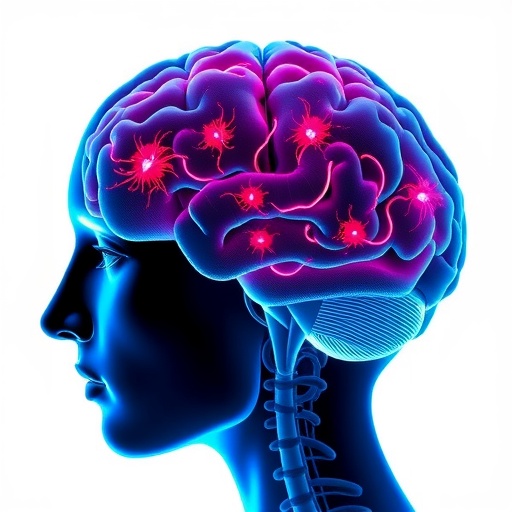A new study by the Prevention Research Center of the Pacific Institute for Research and Evaluation examines the relationship between the number and location of alcohol outlets (such as bars or liquor stores or other places where alcohol is sold) and traffic crashes. Much research supports the general principle that the easier it is to obtain alcohol, the more alcohol problems occur. But, the relationship between the location and density of alcohol outlets and alcohol-related traffic crashes is complicated.
If there are more places to buy alcohol, drivers may be more likely to drink and drive. But, if the drinking driver doesn't have to travel far to get to or from a bar or store, the likelihood of a crash may be lower. Also, there may be complex relationships in the urban structure of any city in which alcohol outlet densities and population level effects are operating independently and together. For example, the patterns of driving and crashes may be affected by the routes people take traveling from an alcohol outlet to home.
This research is designed to draw a more detailed picture of the relationship between the number and location of outlets and traffic crashes in an urban environment. The researchers studied 50 mid-size California cities by census block groups, areas adjacent to the block groups, and whole cities. In these areas, they measured the density of alcohol outlets and collected data on traffic crashes. Crashes included in the analysis were crashes in which the police reported that the driver had been drinking. The researchers also looked at single vehicle nighttime crashes, which are very likely to be alcohol-related.
The results show that, across the 50 mid-size California cities, injury crashes were more frequent in areas with more retail alcohol outlets in general and specifically in areas with more bars. The results suggest that crash risks in any given block group are associated not only with local outlet density in that immediate area, but also with alcohol availability across neighboring block groups and whole cities.
This relationship was found when crashes were defined as those in which the enforcement officer identified the crash as alcohol-involved as well as single-vehicle night time crashes. In both cases, the strongest effects were from the proportion of bars in the whole city. Population effects were also found to be important and this is a key finding of this research. In fact, alcohol-related traffic crashes take place on "paths" from the sources of alcohol to the destination of the drinkers (usually the person's home).
Study author Robert Lipton commented: "The results of the study confirm once more that having a high density of alcohol outlets in a city has a serious cost in terms of the safety and well-being of residents. It is important for city planners, alcohol licensing authorities and concerned citizens to be aware that allowing a large number of alcohol outlets – especially bars – creates risks even for people who never enter them."
###
Source: Lipton, Robert, William R. Ponicki, Paul J. Gruenewald, and Andrew Gaidus. "Space-Time Analyses of Alcohol Outlets and Related Motor Vehicle Crashes: Associations at City and Census Block?Group Levels." Alcoholism: clinical and experimental research 42, no. 6 (2018): 1113-1121.
URL: http://resources.prev.org/resources_media.asp
PIRE is an independent, nonprofit organization merging scientific knowledge and proven practice to create solutions that improve the health, safety and well-being of individuals, communities, and nations around the world. http://www.pire.org
The Prevention Research Center (PRC) of PIRE is one of 16 centers sponsored by the National Institute on Alcohol Abuse and Alcoholism (NIAAA), of the National Institutes of Health, and is the only one that specializes in prevention. PRC's focus is on conducting research to better understand the social and physical environments that influence individual behavior that lead to alcohol and drug misuse. http://www.prev.org
The Resource Link for Community Action provides information and practical guidance to state and community agencies and organizations, policy makers, and members of the public who are interested in combating alcohol and other drug abuse and misuse. https://resources.prev.org/
If you would like more information about this topic, please contact Kathy Stewart at 831.429.4084 [email protected]
Media Contact
Kathy Stewart
[email protected]
http://www.pire.org
http://dx.doi.org/10.1111/acer.13758




